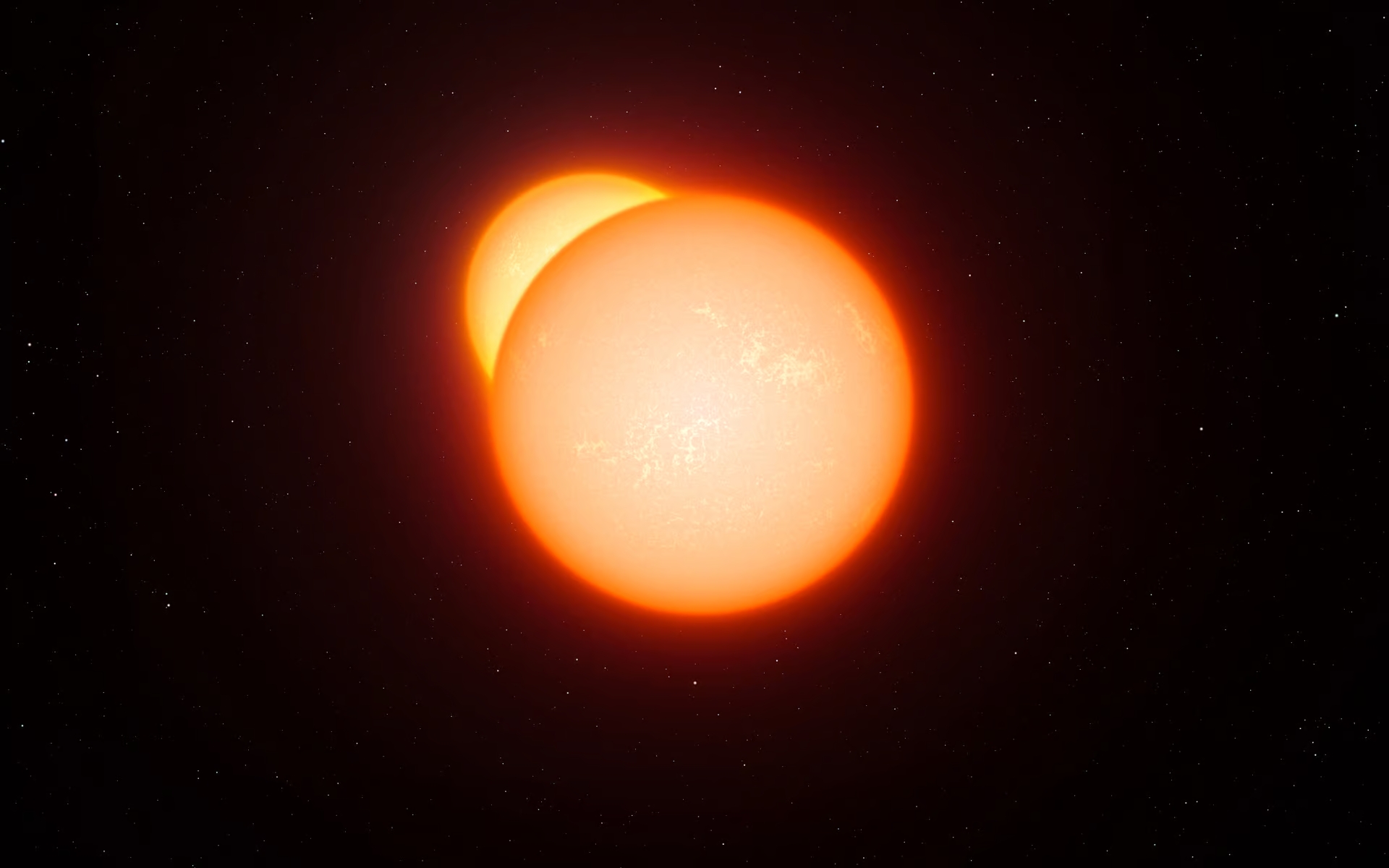Astronomers discover two invisible ultra-cold stars with temperatures of less than 2,430 degrees Celsius and ages of 4-5 billion years

Astronomers have discovered a system of two stars orbiting each other. What makes them special is their very low temperature. They are also invisible to the human eye.
Here's What We Know
Astronomers have discovered two super-cold dwarfs. Their temperature is less than 2430 degrees Celsius (4400 Fahrenheit). By comparison, the approximate temperature of the Sun's crust is 1.5 million degrees Celsius (2.7 million Fahrenheit). We can't see them because most of the light is emitted in the infrared.
The star system is called LP 413-53AB. Scientists have known about it for a long time, but all thought it consisted of a single star. The second dwarf has been spotted thanks to astrophysicist Chih-Chun Hsu, who has created his own algorithm for modeling stars based on their spectral data. He learned that spectral lines move in opposite directions and break up into pairs.
The astrophysicist hypothesised that the system contains two stars that are very close to each other. To test the hypothesis, he used the Keck Observatory in Hawaii. Ji-Chun Hsu and his team observed the star system from March 2022 to January 2023.
As it turns out, the distance between the stars is about 1.5 million km. That's only 1% of the distance between the Earth and the Sun. Moreover, the stars have the lowest orbits of any such system and their orbital time around each other is only 17 hours. According to Ji-Chun-Hsu, the orbital period is usually several years in such systems.
Another record of the discovered pair is its age. While most dwarfs are 40 million years old, our heroes are about 4-5 billion years old. That means that their age is comparable to the age of the Sun. And the two-star system was probably formed by the merger of three bodies, during which one of them was ejected and the other two came closer together.
The discovery by astrophysicist Ji-Chun-Hsu and his team will allow scientists to find more such systems, which until now have been successfully hidden not only from the human eye but also from the lenses of telescopes.
Source: New Atlas